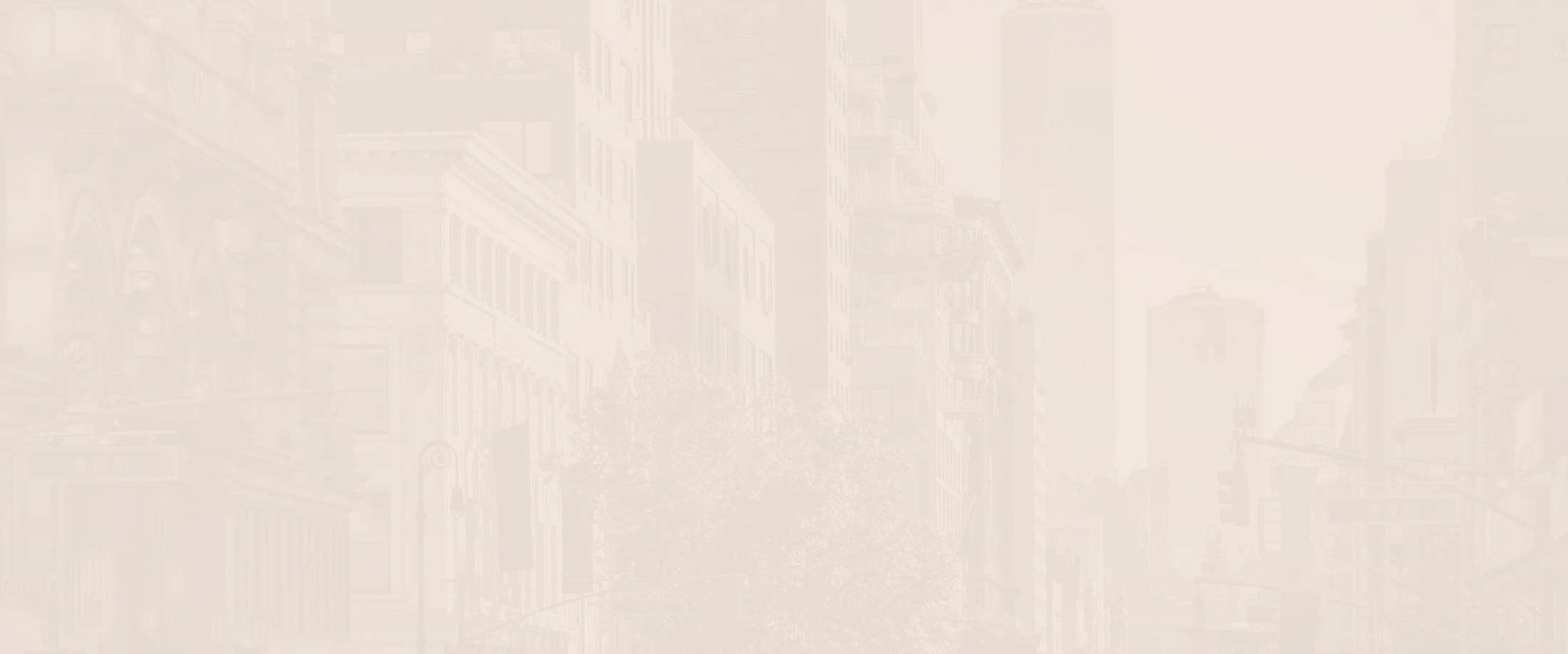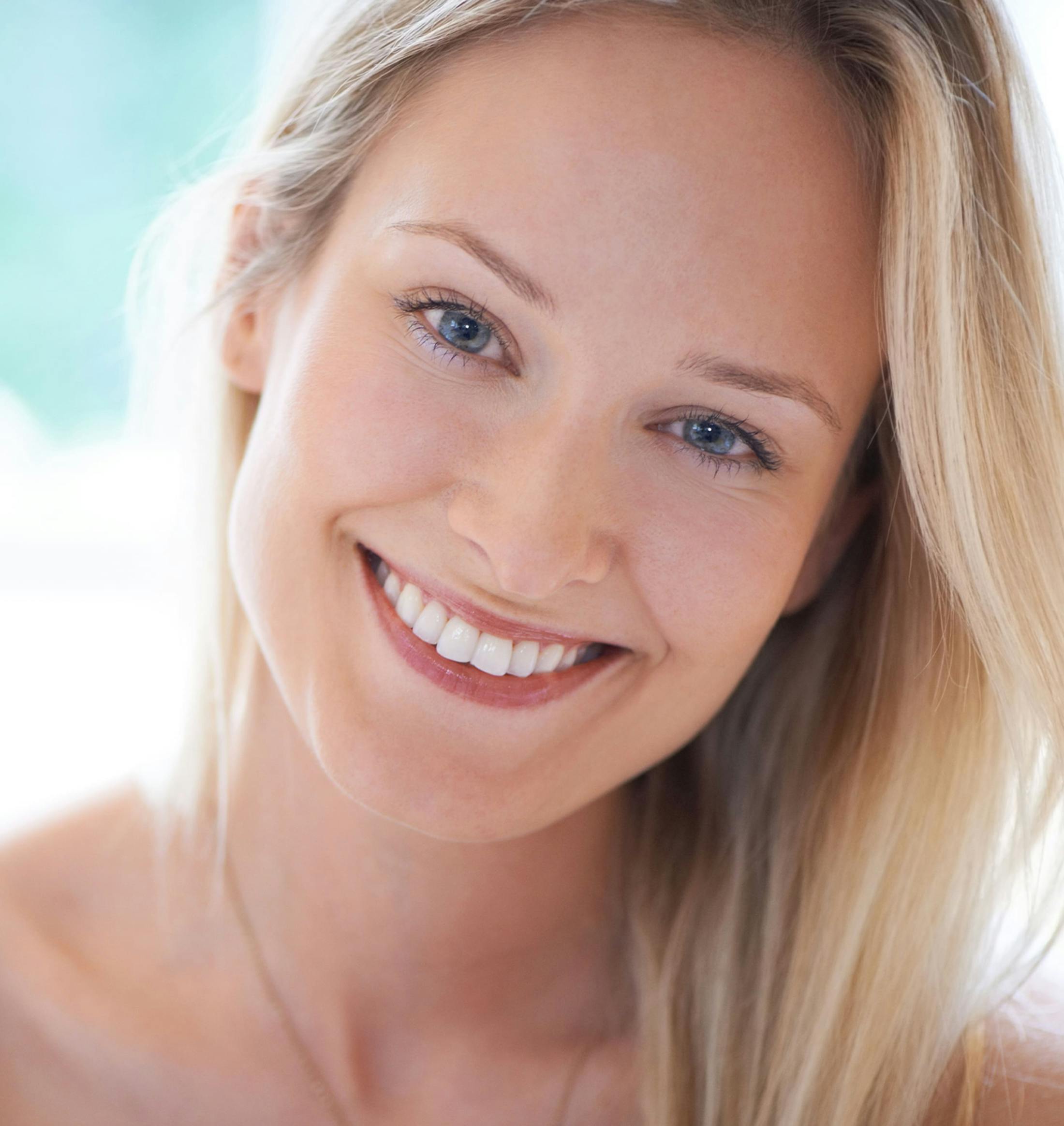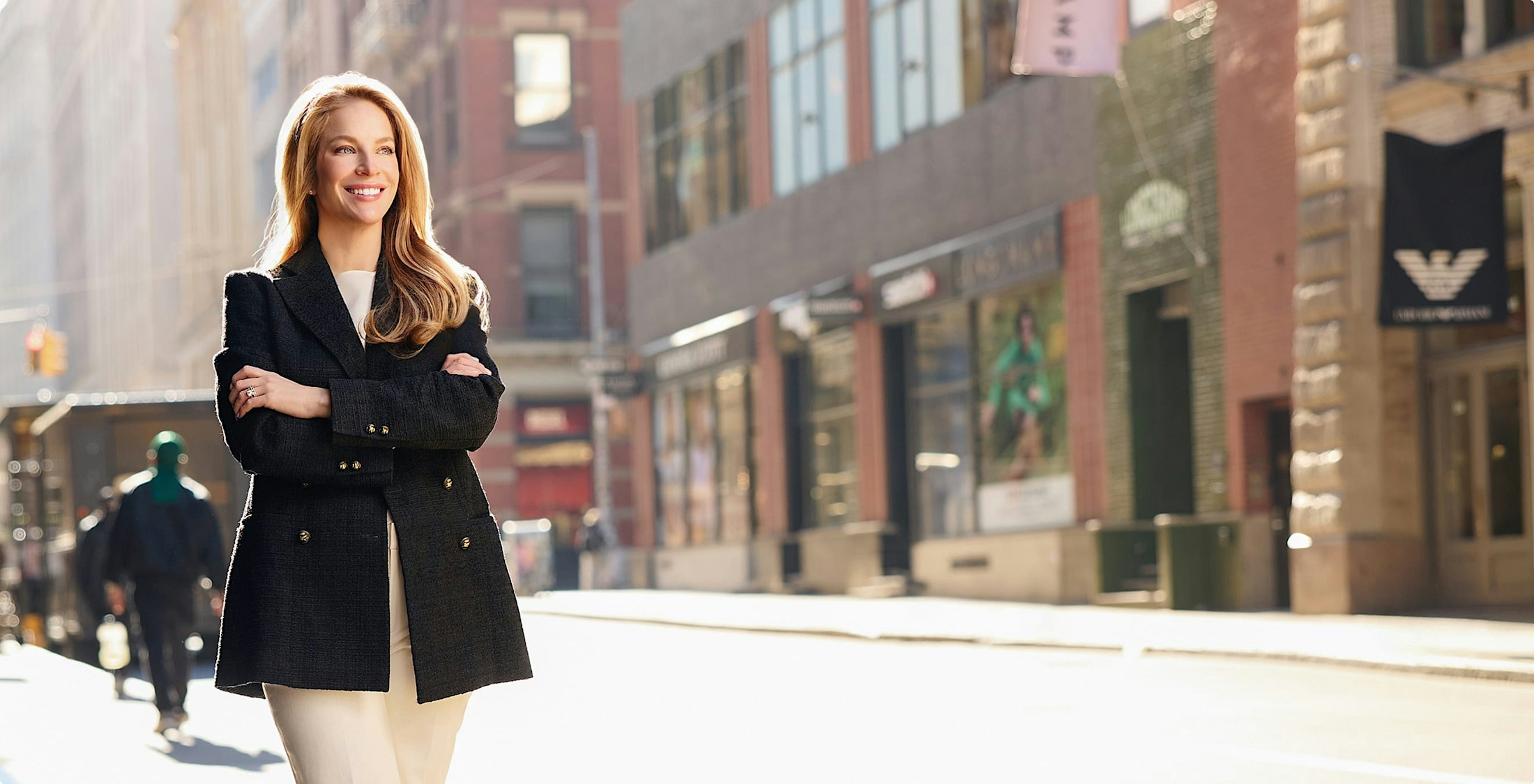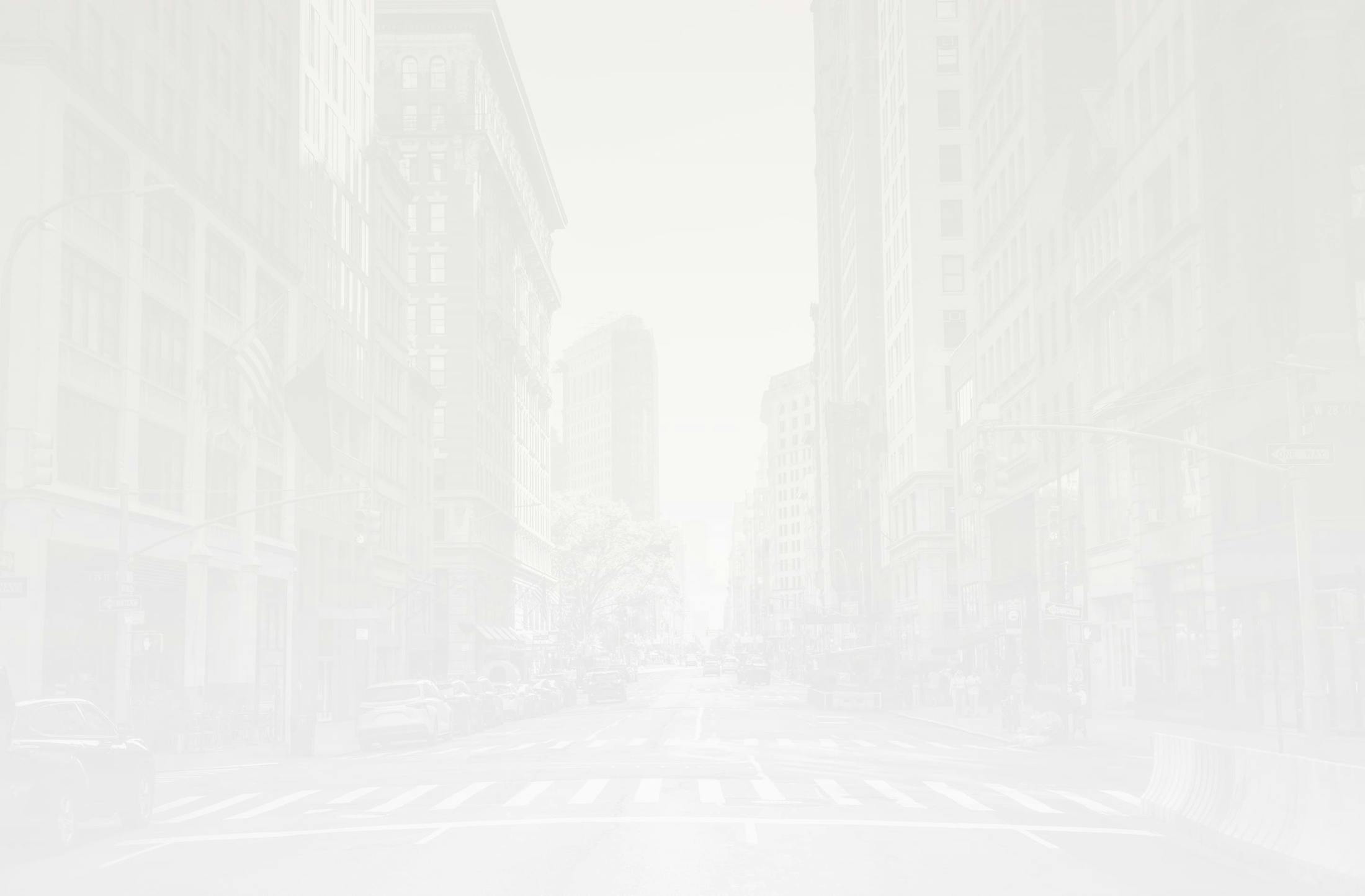Lumps or lesions near the eye can be more than cosmetic—they may cause irritation, interfere with blinking, or signal something more serious. Safe, expert removal protects both your eye health and appearance.
Are You Concerned About an Eyelid Growth?
Eyelid growths can arise from oil glands, hair follicles, or skin cells, and range from benign to cancerous. They may appear suddenly or develop slowly over time and can be painless or tender.
Common causes include the following:
- Blocked oil glands (chalazia)
- Infections or inflammation
- Benign cysts or papillomas
- Skin cancers, such as basal or squamous cell carcinoma
- Recurrent styes that have hardened
If a lesion changes, persists, or causes discomfort, consider eyelid growth removal on the Upper East Side by a specialist like Dr. Coombs. Her advanced training and personalized approach ensure each procedure is performed with surgical precision, medical safety, and aesthetic attention to detail.











